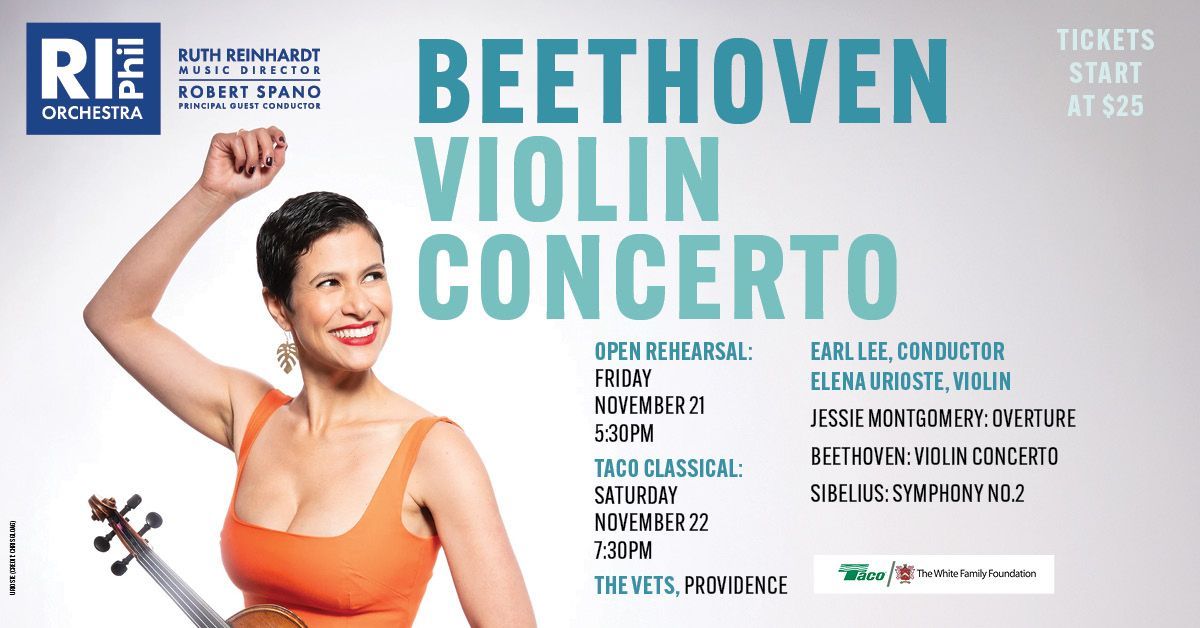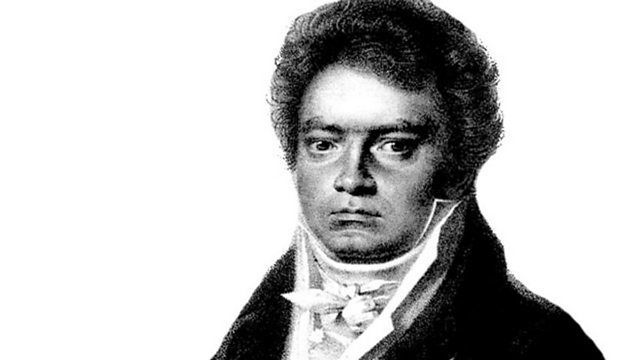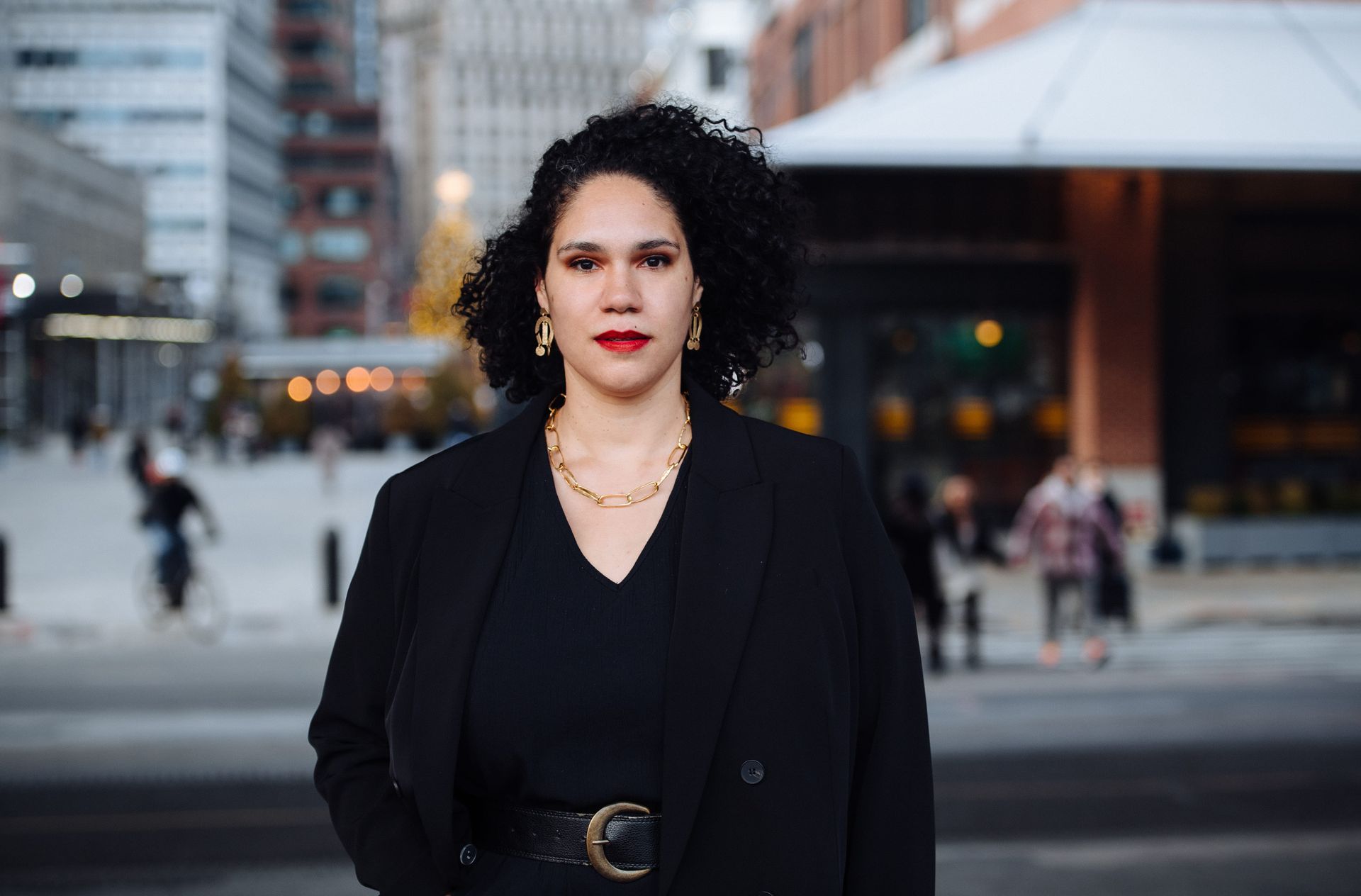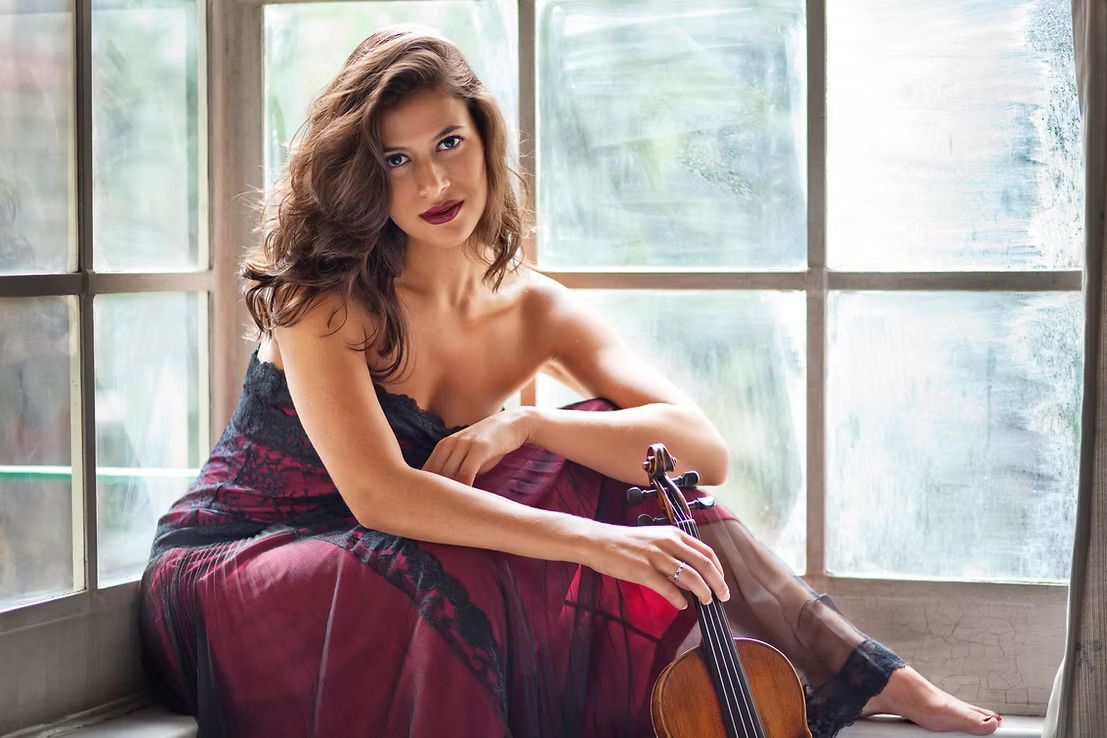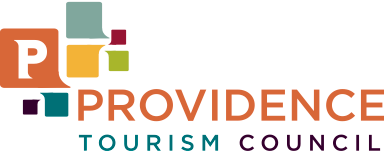THE STORY BEHIND: Sibelius' Symphony No.2
Share
On November 22, conductor Earl Lee and the Rhode Island Philharmonic Orchestra will present BEETHOVEN VIOLIN CONCERTO with violinist Elena Urioste.
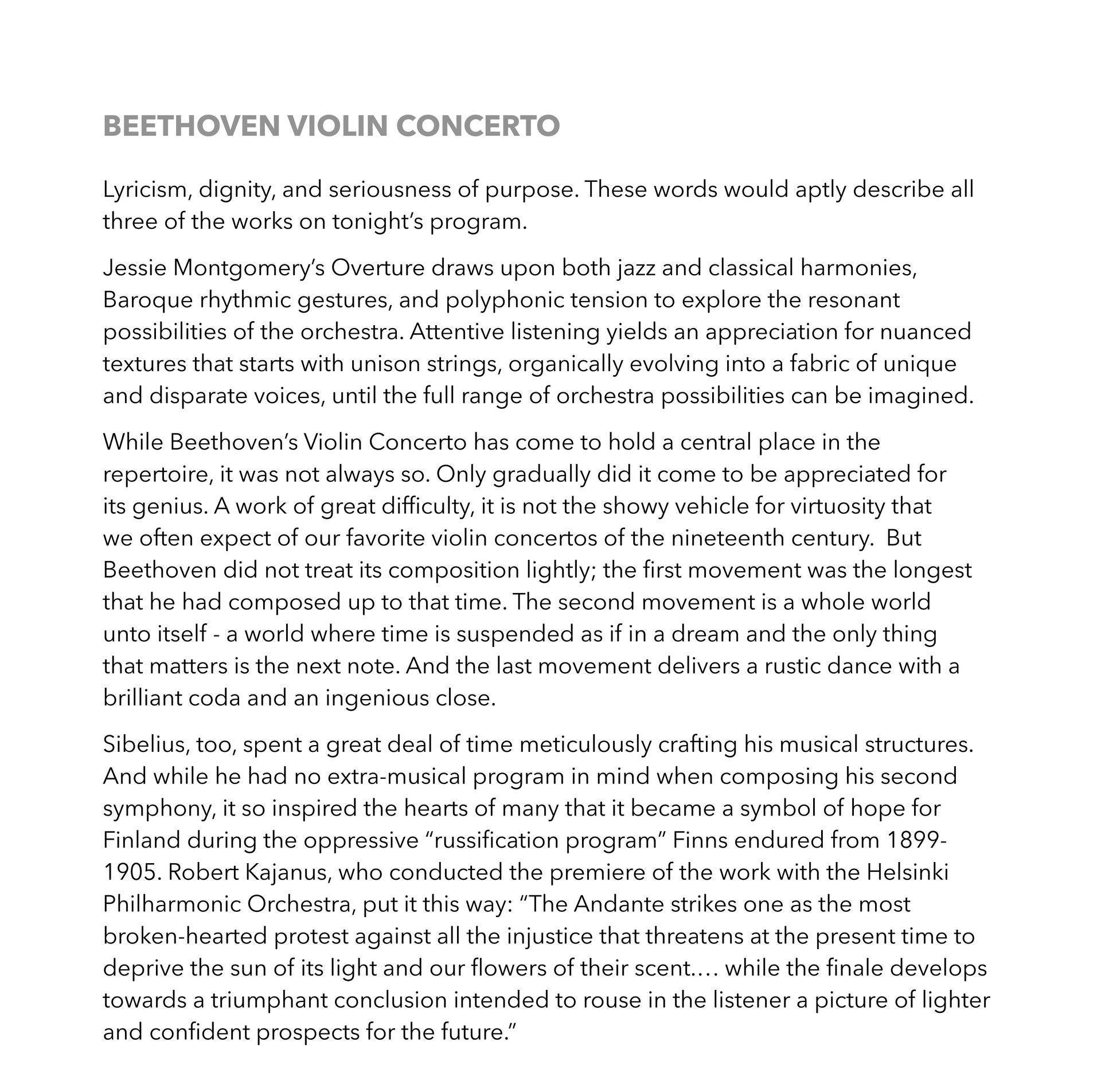
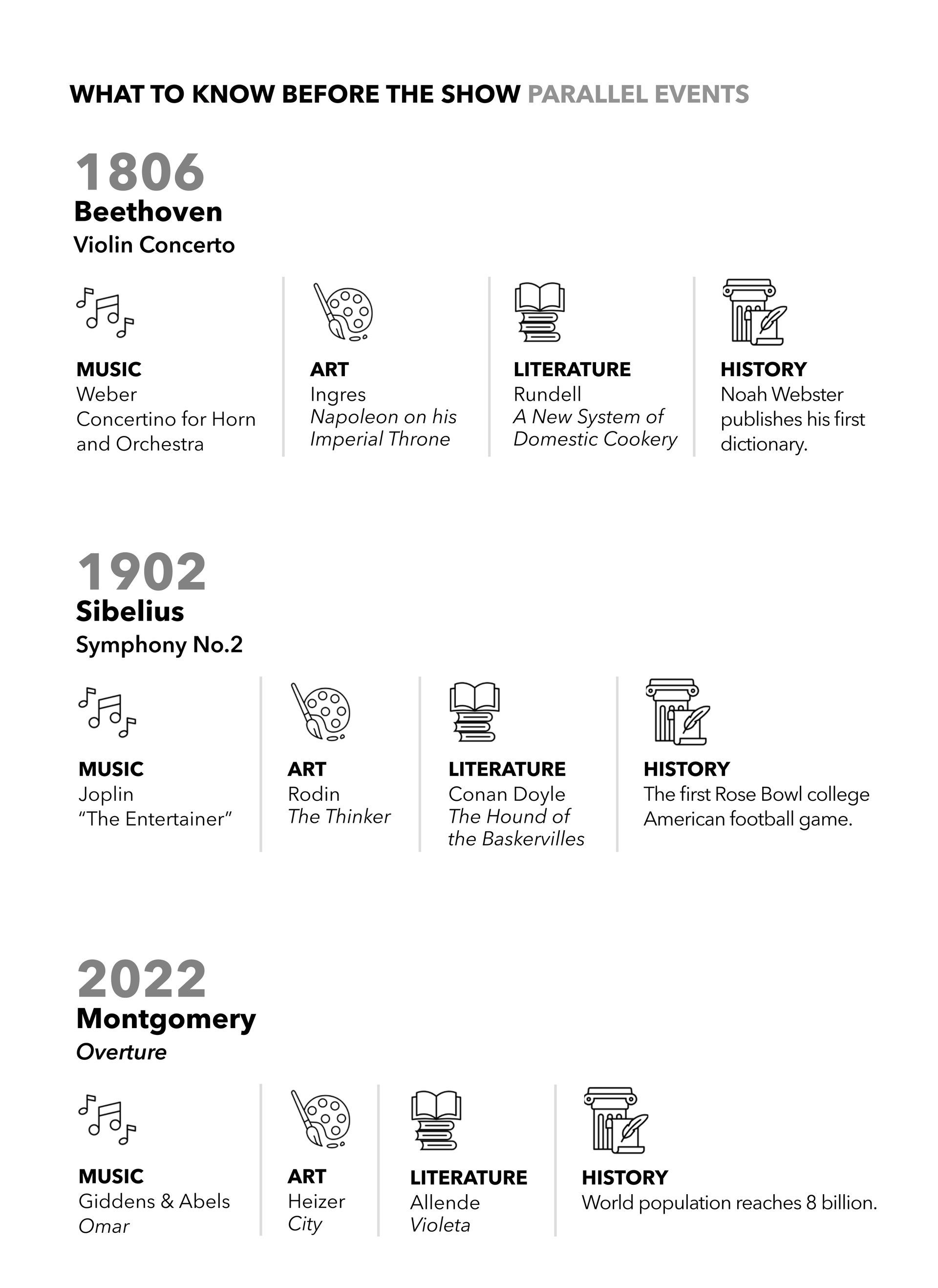
Title: Symphony No.2 in D major, op.43
Composer: Jean Sibelius (1865-1957)
Last time performed by the Rhode Island Philharmonic:
Last performed September 16, 2017 with James Sommerville conducting. This piece is scored for two flutes, two oboes, two clarinets, two bassoons, four horns, three trumpets, three trombones, tuba, timpani and strings.
The Story: At the beginning of 1901, a few months after the first European concert tour of the Helsinki Philharmonic Orchestra, Sibelius, who had just lost his youngest daughter, brought his remaining family to Italy for some time to reflect and relax. Sitting in the study of a mountain villa near Venice, a literary reference suddenly came to mind, and he wrote on a sheet of paper the following vision: “Don Juan. Sitting in the twilight in my castle, a guest enters. I ask many times who he is.—No answer. I make an effort to entertain him. He remains mute. Eventually he starts singing. At this time, Don Juan notices who he is—Death.” On the reverse side of the sheet, Sibelius sketched the melody that would become the D-minor bassoon theme of the second movement of his magnificent Second Symphony. Two months later, after coming face to face with some of Christianity’s most iconic images in Florence, he drafted another theme above which he wrote the word “Christus.” This theme also made its way into the same movement of the same piece. While we’ll never know if it was his intention, these contrasting musical symbols of death and resurrection form the pillars of this beloved work. Immediately after its premiere on March 8, 1902, the symphony was appropriated as an emblem of national liberation in Finland during a particularly dark period of Russian oppression. Robert Kajanus, founder and conductor of the Helsinki Philharmonic Orchestra, put it this way: “The Andante strikes one as the most broken-hearted protest against all the injustice that threatens at the present time to deprive the sun of its light and our flowers of their scent.… The scherzo gives a picture of frenetic preparation. Everyone piles his straw on the haystack, all fibers are strained and every second seems to last an hour. One senses in the contrasting trio section with its oboe motive in G-flat major what is at stake. The finale develops towards a triumphant conclusion intended to rouse in the listener a picture of lighter and confident prospects for the future.”
Sibelius himself, however, was not prone to such programmatic interpretations of his music. He was a firm believer in the power of pure, absolute music, and insisted that his music be appreciated on those terms. But he was also a Romanticist whose aesthetic favored the sense-impressions of Symbolism and the integration of thematic material. An avid nature lover, he regularly drew inspiration from the world around him. Fjords and icy lakes seem to flow, and cold winds seem to blow, throughout his second symphony. While this may seem contradictory at first, both truths rest easily in the music of Sibelius. Though timeless, it is endowed with a mystical and organic character that sings of the Finnish landscape and its epic folklore.
The first of four movements to this symphony opens with a repeated ascending figure in the strings, based upon a three-pitch motif that will form the nucleus for several themes throughout the Symphony. It is fascinating to hear how those three simple pitches blossom into one melody after the other – each distinct yet rooted together.
The second movement (Tempo, Andante, ma rubato), which incorporates the music Sibelius sketched while in Italy, begins in a more somber manner than the first. The mood’s intensity increases as strings and horns join in, until the inevitable climax peaks with a profound pause. The strings, then - richly divided into ten(!) parts - guide the listener to a brief and highly dramatic coda, where dark, thematic fragments are interspersed by savage trills in the winds.
Angry and restless, the perpetually moving Scherzo contrasts a startlingly and insistently chromatic bass line, machine-gun figures in the strings, and trumpet blasts with lyrical oboe melodies in the Trio. Both serve to foreshadow the triumph of the finale, which blazes, unselfconsciously, to a thrilling ending.
Program Notes by Jamie Allen © 2025 ALL RIGHTS RESERVED.
Recommended Recordings:
Sibelius' Second Symphony has many fine recordings, but standouts are: Sir Colin Davis with the Boston Symphony (1976 on Phillips), Sir John Barbirolli with the Hallé Orchestra (Warner in 1966), and Osmo Vänskä with the Lahti Orchestra (1996 on Bis.) Splurge a little and you can upgrade to all seven Sibelius symphonies with any of these forces and have a near definitive set of the symphonies.
Tickets start at $25! Click HERE or call 401-248-7000 to purchase today!

